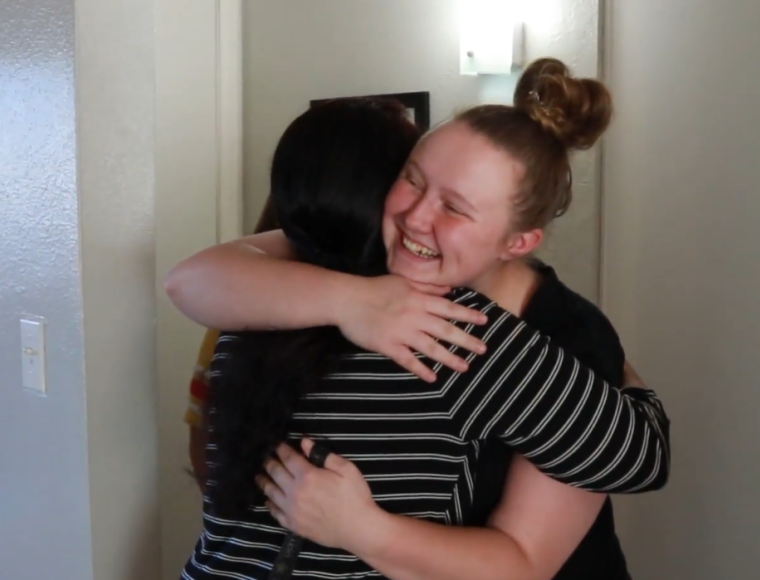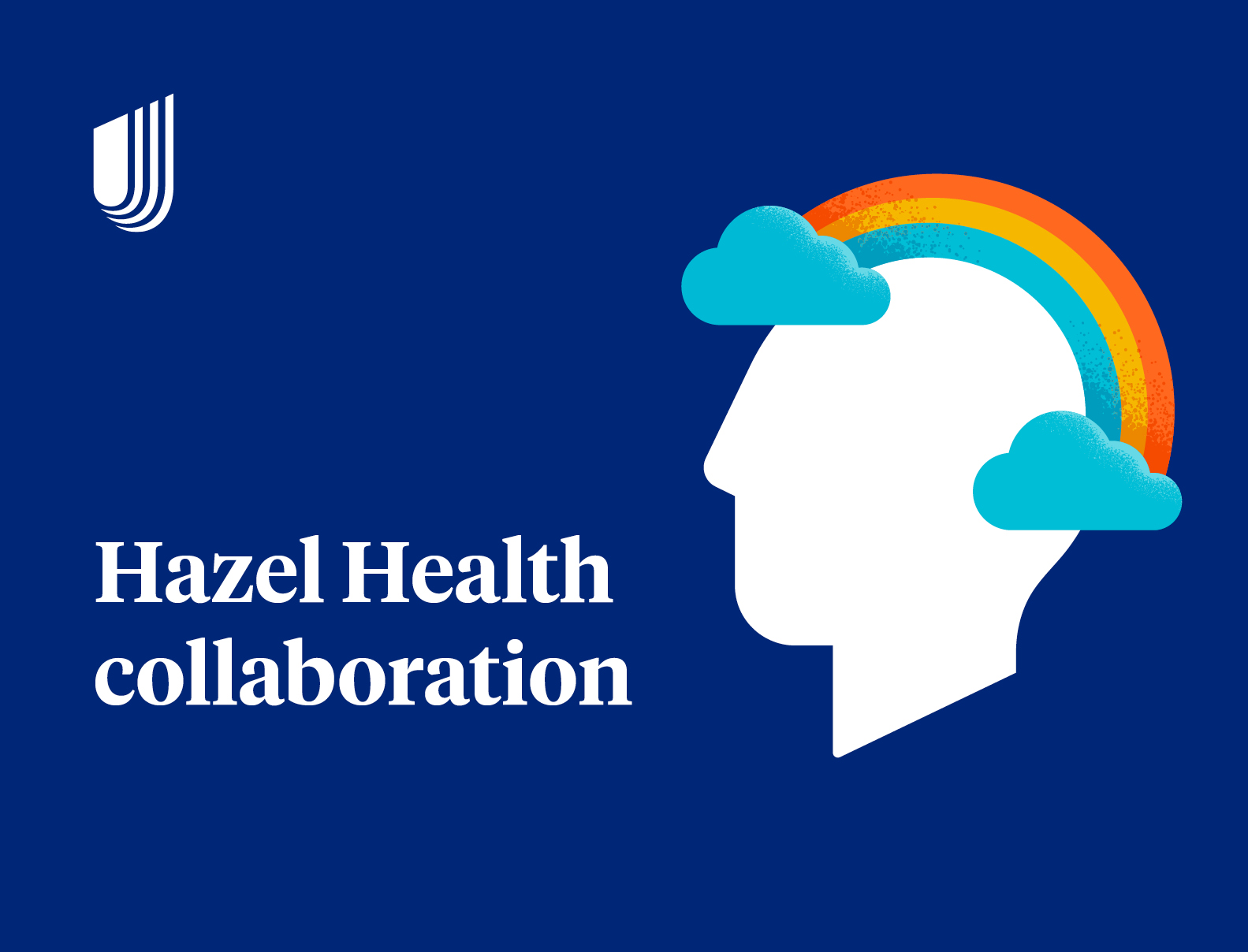Homelessness is an urgent and growing public health issue in the United States. In 2023, roughly 653,100 people experienced homelessness per night. 31% of people experiencing homelessness do so for extended periods of time and 40% live unsheltered. This is the highest rate since point-in-time count reporting began in 2007.1 Homelessness is primarily caused by policy decisions that cause extreme poverty, such as the lack of affordable housing, jobs with livable wages and adequate income and support systems.
These policy decisions impact the accessibility of health care, affordable housing and economic opportunity, creating stark demographic disparities: Black individuals made up 13% of the U.S. population in 2020, but 37% of all people experiencing homelessness and 50% of those experiencing homelessness as members of families with children.2 Those identifying as American Indian, Alaska Native or Indigenous were nearly twice as likely to experience unsheltered homelessness, where they lack having a permanent nighttime residence, compared to sheltered homelessness, in which the individual or family reside in supervised temporary living arrangements. Those who identify as LGBTQ are also more likely to be unhoused, as are those who live with disabilities.3,4
We have long-known that poor health causes homelessness, that homelessness creates new health conditions and exacerbates existing ones and that the experience of homelessness makes it harder to maintain health and engage in care.1,5 This is why people who are homeless tend to have poorer health, have more emergency room visits, longer hospital stays and experience worse health outcomes compared to the general public. UnitedHealthcare Community & State is dedicated to making the health care system work better for everyone with the goal of closing gaps and improving health equity.6
Understanding medical respite
Medical respite is acute and post-acute care for people who are too medically vulnerable to recover from an illness/injury on the streets or in a shelter, but who do not need hospital-level care.7 Unlike “caregiver respite,” medical respite provides short-term residential care, allowing individuals to recuperate in a safe environment while accessing necessary medical and supportive services. These programs operate in settings such as homeless shelters, stand-alone facilities and transitional housing. Medical respite programs are characterized by their focus on recuperation from illness/injury and their connection to ongoing care using a trauma-informed approach to break the cycle of homelessness.
The value of medical respite programs
Medical respite programs play a crucial role in creating safe spaces for individuals to recover. They not only improve health outcomes but also address a range of health and social care needs. By offering a secure place for recovery, medical respite programs prevent individuals from returning to unsafe environments after medical procedures.
Respite programs often feature nursing staff or physicians on site, along with peer support specialists and housing navigators who connect behavioral health and social services. These programs support medication adherence, facilitate physician visits, coordinate social services and assist with housing navigation. They additionally help with planning for discharge, and the result is a reduction in emergency department visits and inpatient stays, as well as an increase in primary and specialty care utilization.8
Certification for medical respite programs in 2025
The National Institute for Medical Respite Care (NIMRC), an initiative of the National Health Care for the Homeless Council, works to expand medical respite care programs across the U.S.9 Since its launch on July 15, 2020, NIMRC has advanced best practices, provided expert consulting services and disseminated knowledge in the field of medical respite care. Last year, NIMRC completed one pilot of its certification model with ten additional pilot sites testing the model over the summer of 2024. The certification model standardizes respite program practices across eight standards of care, ensuring consistently high-quality care across the U.S.10
Designing and executing medical respite relationships
One of the primary challenges of medical respite is financing. Medicaid covers clinical services and care coordination but does not typically cover the room and board component of medical respite. Some states (CA, WA, NC, NY) implement respite programs through 1115 demonstration waivers, allowing all costs to be included. Other states use a combination of Medicaid funding and state-only dollars to administer their respite programs. Most often, programs braid funding from multiple sources (foundations, local coalitions and homeless service providers) to cover costs.11
While UHCCS supports medical respite in specific markets, we are also involved at the national level, advancing the value of medical respite and supporting the important work of the National Institute for Medical Respite Care (NIMRC) and National Health Care for the Homeless Council (NHCHC). On June 12, 2024, NIMRC, NHCHC and UHCCS co-presented MHPA-hosted webinar, “Navigating the Growing Role of Managed Care in Medical Respite Care”, to cover the basics of respite and describe how managed care organizations can collaborate to support respite care for their members.
UnitedHealthcare Community & State is committed to supporting medical respite programs and improving the lives of individuals experiencing homelessness. Through its dedication to promoting health equity and by implementing innovative funding solutions, UnitedHealthcare strives to enhance health outcomes and promote recovery for this underserved population.
Enjoy this blog? Stay up to date on Medicaid insights through the Community & State newsletter.
Sources
- The 2023 Annual Homelessness Assessment Report
- Homelessness Data & Trends
- Homelessness Among LGBT Adults in the US - Williams Institute (ucla.edu)
- People with Disabilities Living in the US Face Urgent Barriers to Housing_0.pdf (urban.org)
- Homelessness, Health, and Human Needs - NCBI Bookshelf (nih.gov)
- Health Equity | UnitedHealthcare Community & State (uhccommunityandstate.com)
- https://nhchc.org
- NIMRC_Medical-Respite-Literature-Review.pdf
- https://nimrc.org/aboutus/
- Standards for Medical Respite Care Programs
- Medicaid-Medicaid-Managed-Care-Financing-Approaches-for-Medical-Respite-Care-Whitepaper.pdf (nimrc.org)












